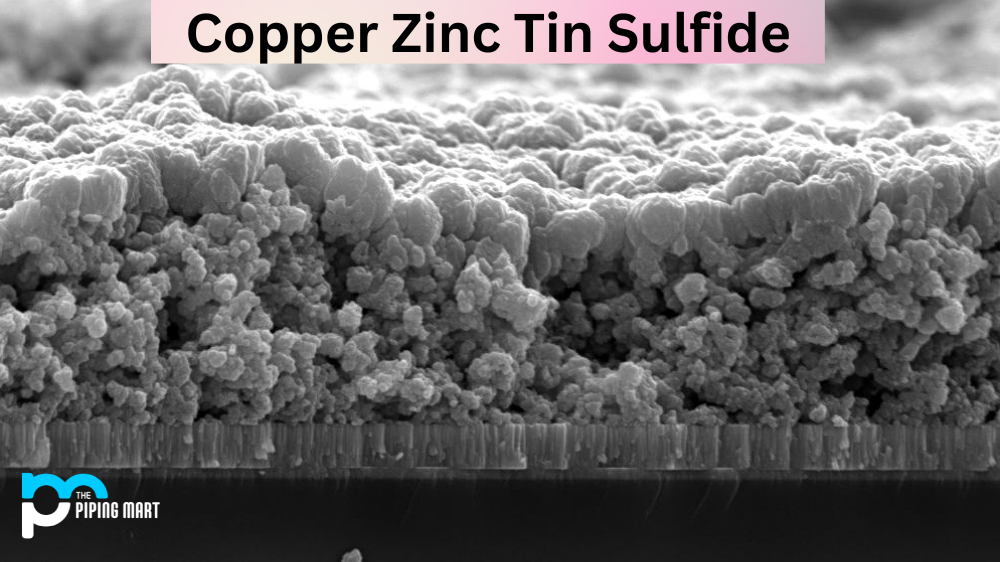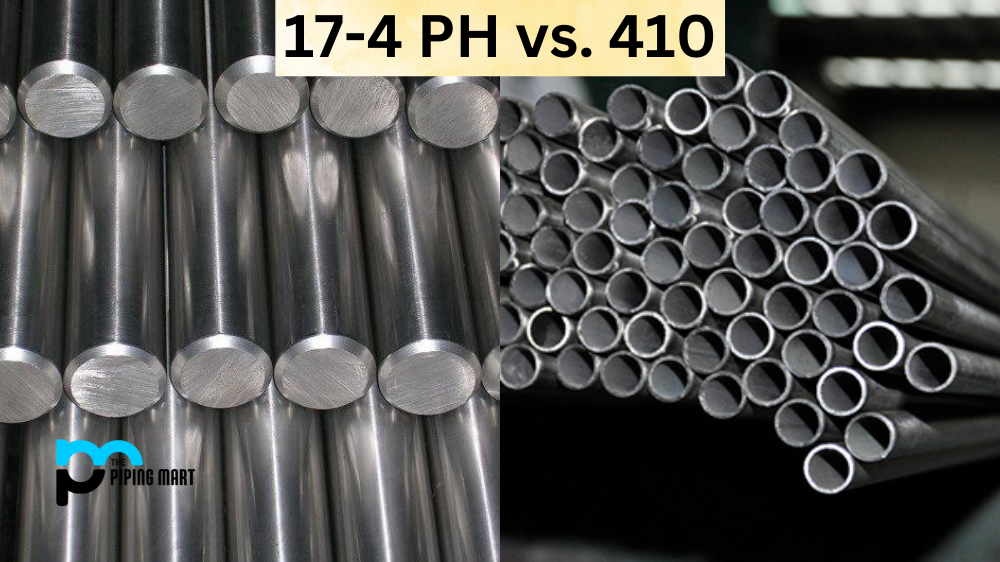Sheet metal plating is an essential part of the manufacturing process for many industries. This process involves coating a thin layer of metal onto a substrate material such as steel or aluminum to protect it from corrosion, wear, and other damage. One of the most popular methods is zinc plating, which offers many benefits over other methods. In this blog post, we’ll explore zinc plating and why it’s so important for sheet metal production.
What is Zinc Plating?
Zinc plating is a process that involves applying a thin layer of zinc to the surface of a substrate material such as steel or aluminum. This thin layer acts as a barrier between the substrate material and the environment, protecting it from corrosion, wear, and other damage. The thickness of the zinc coating can vary depending on the application requirements.
Benefits of Zinc Plating
There are numerous benefits to using zinc-plated sheet metal over other plated metals. Firstly, zinc has excellent corrosion resistance compared to other metals such as aluminum or copper. It also provides superior protection against abrasion and wear, making it suitable for high-stress applications such as automotive components or industrial machinery parts. Additionally, zinc-plated sheet metal has excellent electrical conductivity properties, which make it ideal for electrical applications such as wiring enclosures or switch boxes. Finally, its low cost makes it an attractive option for many manufacturers who require economic yet reliable protection for their products.
Uses of Zinc Plating
One of the most common applications of zinc plating is in the automotive industry. Vehicle body panels are often coated with a thin layer of zinc to reduce erosion or corrosion due to airborne pollutants in addition to general wear and tear over time. Zinc plated components such as fasteners on cars are often found underneath the hood or near doors/rubber seals due their high resistance against water damage. Zinc can also be used as part of chrome finishes on rims or other aesthetic parts which require sleek surfaces that are highly durable but still visually appealing.
In addition, zinc plating is widely used in numerous industries where electrical conductivity (elements requiring low voltage) requires smooth conducting surfaces without the risk for surface breakdown caused by shielding coatings such as paint processes. Additionally, fabrication shops use this process for decorative purposes when dealing with complex projects where specific lighting requirements need met – such as architecture pieces requiring aesthetically pleasing reflective qualities worthy of attention even in dimly lit spaces like stairwells or lobbies.
Advantages of Zinc Plating
Zinc-plated sheet metal has several advantages over other metals used in manufacturing, such as aluminum or copper. Firstly, it offers superior corrosion resistance compared to these materials, which makes it ideal for outdoor applications where exposure to moisture and other elements can cause damage over time. Secondly, its low cost makes it an attractive option for many manufacturers who require economic yet reliable protection for their products without sacrificing quality or performance. Furthermore, its electrical conductivity properties make it suitable for electrical applications where signal transmission is key. Finally, its ability to be easily formed into intricate shapes makes it ideal for complex designs that cannot be achieved with traditional materials like plastic or wood.
Conclusion:
Zinc plating should not be overlooked when considering sheet metal production processes due to its numerous benefits over other metals and coatings available today. It provides excellent corrosion resistance while being relatively inexpensive compared to more expensive alternatives like stainless steel or brass alloys – making it an ideal choice for projects requiring both reliability and cost-effectiveness on a budget! Its ability to form intricate designs also gives manufacturers more freedom when designing parts that need precision and accuracy without compromising durability in any way – ultimately providing you with greater control over your finished product’s aesthetics! We hope this guide was helpful in providing you with some valuable insight into why zinc plating is often chosen when fabricating sheet metal components!

A passionate metal industry expert and blogger. With over 5 years of experience in the field, Palak brings a wealth of knowledge and insight to her writing. Whether discussing the latest trends in the metal industry or sharing tips, she is dedicated to helping others succeed in the metal industry.




